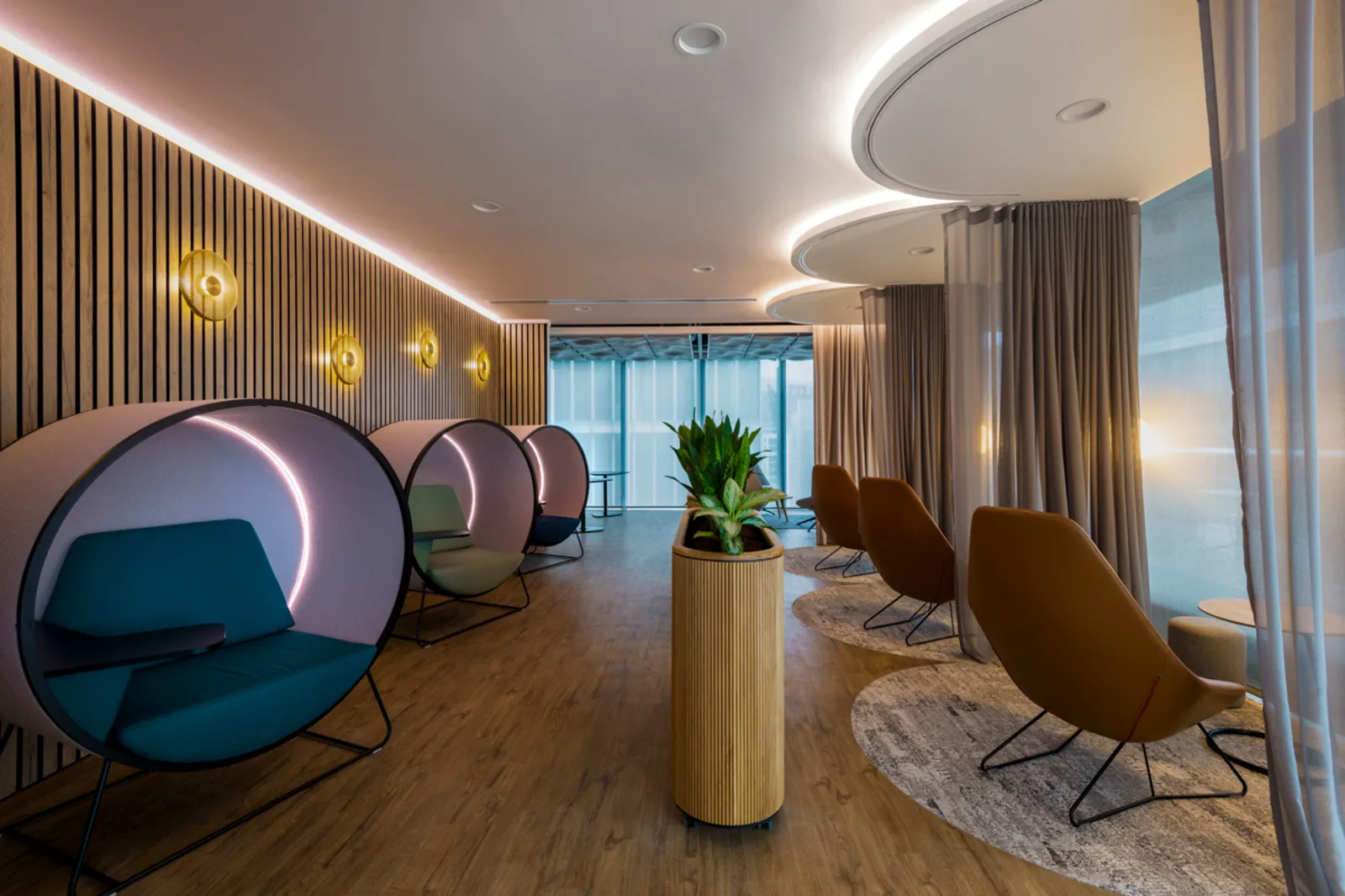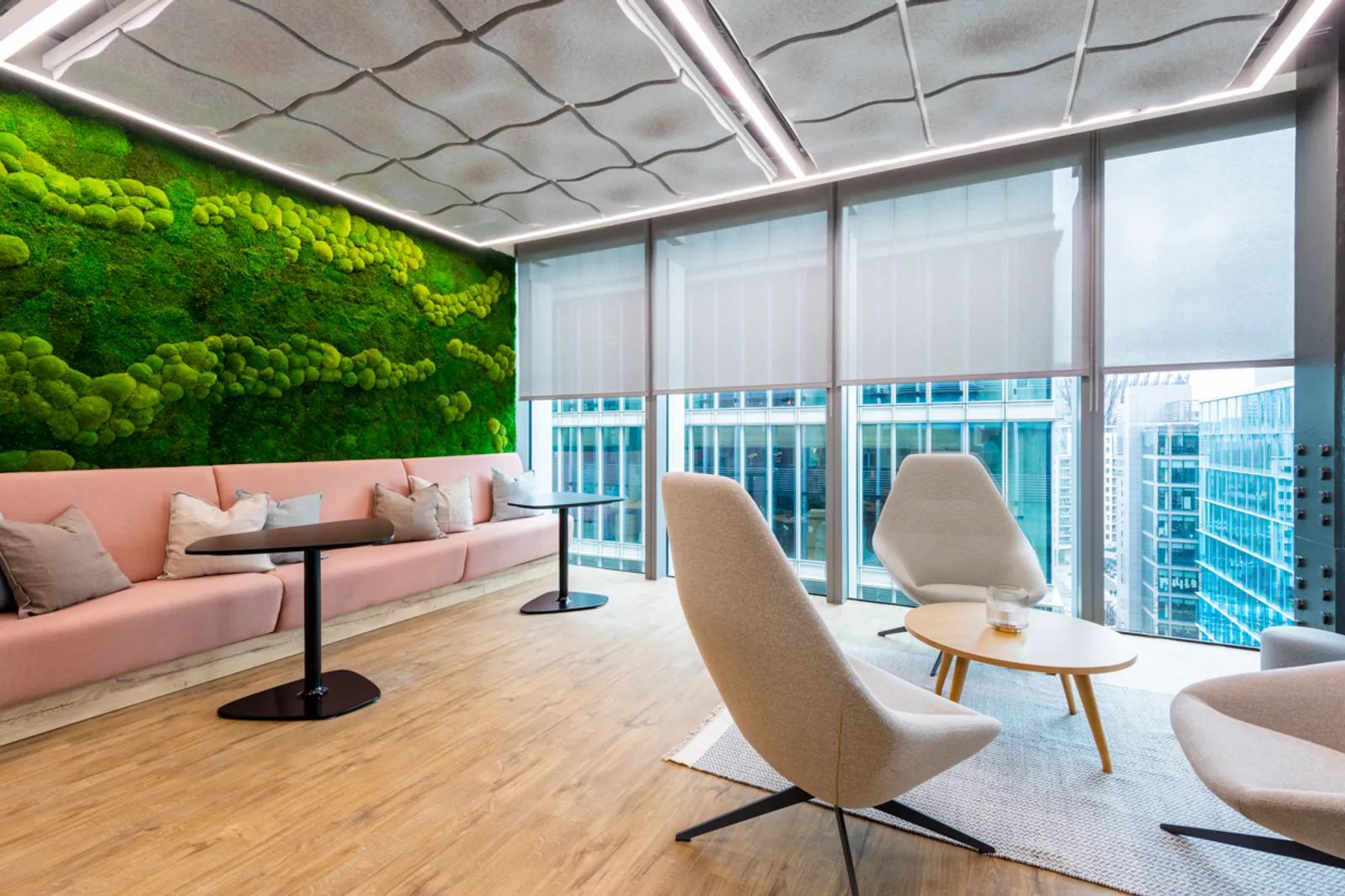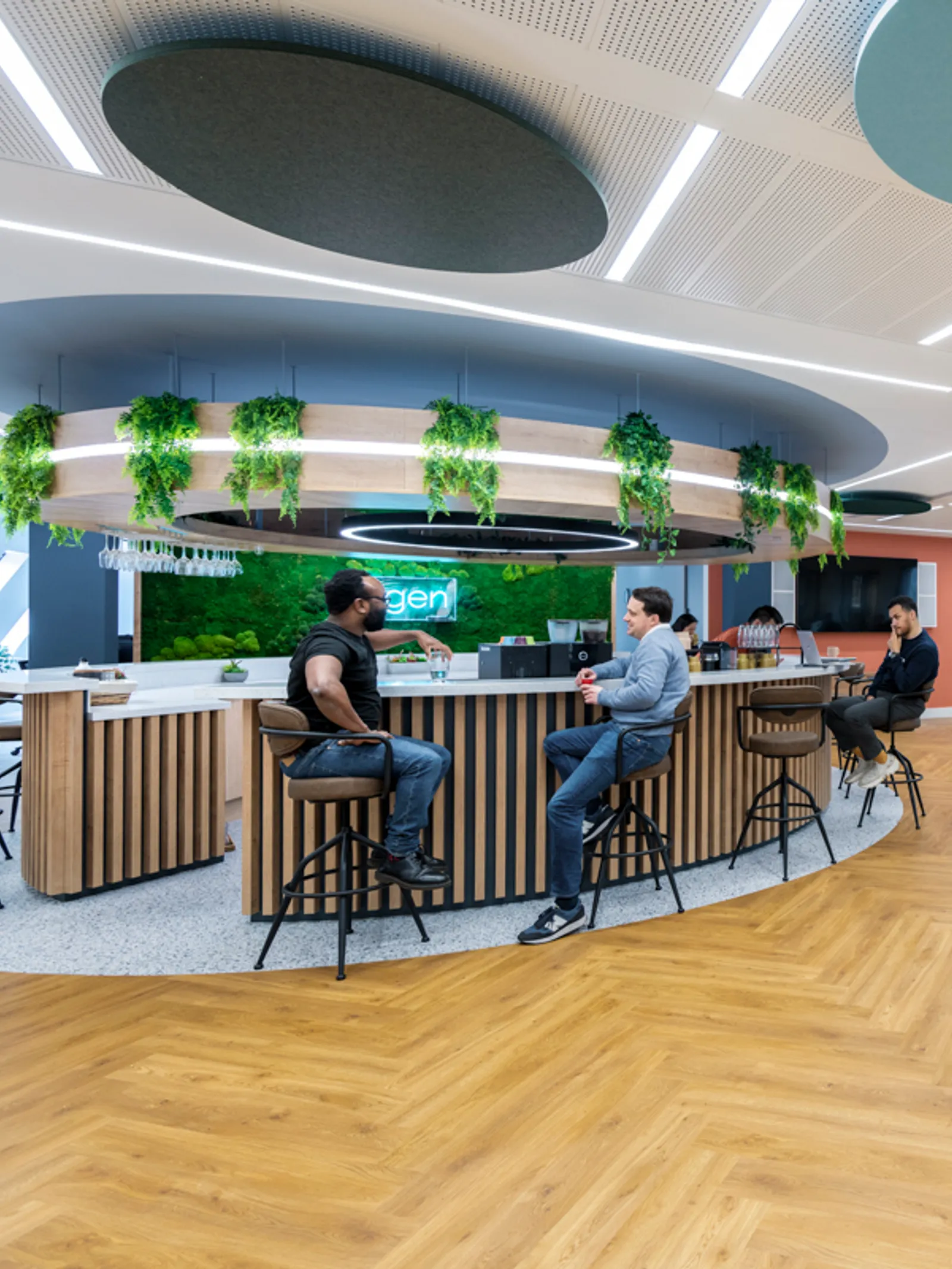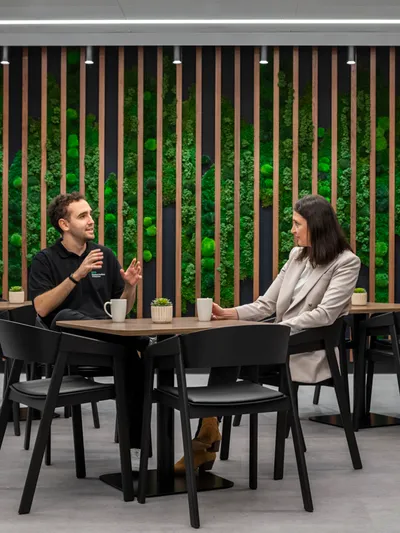Recharging the Workplace
As we move into 2025, the workplace continues to evolve in response to shifting work patterns, economic conditions, and emerging technologies. While there is a growing push for in-office work, organisations are recognising that returning to the office does not mean reverting to pre-pandemic norms. Instead, workplaces are being reimagined to better support employee wellbeing, productivity, and engagement.
As part of WORKTECH Academy’s annual research piece, The World of Work 2025, Area contributed insights into one of the key workplace trends for the year ahead: the emergence of digital detox zones. This growing movement highlights the need for dedicated spaces that allow employees to disconnect from technology, recharge, and refocus in an increasingly digital world.

The Need for Balance in a Digital Everywhere World
With technology more embedded in our work lives than ever before, the ‘always-on’ culture has led to rising concerns about digital fatigue and burnout. The concept of digital detox zones provides a counterbalance to this trend, offering workplaces a way to foster mindfulness, creativity, and overall wellbeing. These spaces are designed to provide employees with moments of respite, reducing stress and enhancing mental clarity.
Designing for Disconnection and Wellbeing
At the heart of digital detox zones is biophilic design, an approach that integrates natural elements to create calming and restorative environments. Incorporating materials like wood, greenery, and tactile elements, these spaces tap into the benefits of nature to promote relaxation and focus. Research shows that exposure to natural materials can reduce stress, while greenery has been linked to enhanced cognitive function and creativity.
Companies are beginning to introduce features such as indoor gardens, wellness sanctuaries, and quiet zones to encourage employees to step away from their screens and reset. These spaces not only enhance individual wellbeing but also support broader organisational goals around productivity and innovation.

Employee Demand for Tech-Free Spaces
Recent findings highlight the growing demand for spaces that promote balance and wellbeing in the workplace. A poll we conducted on our LinkedIn profile revealed that 85% of workers are seeking a greater sense of balance in their work environments, while 71% want spaces that improve productivity. Digital detox zones address this need, offering an environment that enhances focus and reduces burnout.
A Trend That’s Here to Stay
The idea of a dedicated space for digital detox is not entirely new, but in 2025, it is set to take on greater significance. As organisations continue to adapt to the evolving demands of work, these sanctuary spaces may become a permanent fixture in office design. By integrating digital detox zones into the workplace, companies can create an environment that prioritises employee wellbeing while driving engagement and performance.
To explore these trends in greater detail, download the full report.




